Agronomy: Growing Continuous Beans: A Southern Illinois Perspective
As we are in the middle of planning the 2016 crop, I am getting a few questions about beans following beans. This is something we have done—off and on—for many years to reduce cost per acre of inputs and hopefully improve cash flow. It can work but it is a tricky proposition. With today’s high seed cost, weed resistance issues and generally less effective genetic disease resistance, it is tougher today than in the past—but not impossible with high management. We will go over some of the primary issues and let you make your own decisions. The first issue [...]
Agronomy: Understanding Foliar Nutritionals
Finally, harvest 2015 is about over. During this past season we have discussed what worked, what didn’t, what we need to look at next year and what needs to be discarded. One of the most consistent questions I get is about the value of foliar products on soybeans. It is a good question and I want to explore that in this blog. There are a couple of different foliar-type products on the market. Some of them are micronutrient products of some kind, usually in a combination of multiple nutrients. Others are either a biological or “hormone” product, usually made up [...]
Agronomy: Five Things We Learned in 2015
Now that harvest 2015 has started, let’s look at some of the things we have learned during this growing season. 1. Variety selection is still one of the most critical choices we make in soybean production: The weather this year again made it obvious that the correct maturity, a strong disease package and SCN resistance for a farmer can be a deal maker or breaker. One of the best assets to your farm is a good seedsman that knows his stuff. 2. Soil fertility is as important in soybeans as in corn: again in 2015 with our wildly crazy [...]
Soybean Report for Southeast Illinois
Here in southern Illinois it feels like a brisk fall day, the temperature at 7:00 a.m. was 55 degrees. I hope we aren’t setting a precedent for colder than normal temperatures. We really do not need an early September frost. As I drive around the Wabash Valley and its tributaries, it seems many of those acres wiped out by June floods have been replanted to soybeans. Most of those acres were planted between July 20th and August 1st. We still have a lot of time on those beans to have a chance at producing anything and an early frost [...]
Seed Enhancement Compatibility
Many of you are being bombarded with information about the “latest” seed enhancement to increase yield in soybeans. I agree this is an excellent method to protect seedlings and increase yield with relatively low cost and minimum impact on the environment. You are applying exact amounts to the seed in a very precise manner. However, we should be mindful that not all seed treatments and enhancements are compatible. Last week, at the Southern Illinois ISA ILSOYADVISOR field day, we discussed many options for applying micro nutrients, inoculants and biologicals. Some things to keep in mind when discussing options with [...]
Attend Soybean Field Day and Learn about Tips to Better Emergence
In just a few weeks we’ll be gathering in Benton to participate in the ILSoyAdvisor Field day. I want to invite you to attend and hear some new ideas on increasing soybean production. Jeff Staley and I will be presenting on early seedling vigor and stand establishment. We will look at a number of biological and nutritional seed enhancements as well as in-furrow row-starters in different combinations. Our main focus with these demonstrations will be to show how we can mitigate stress in the emerging crop. We know that each stress—from dropping the bag of seed too far, too [...]
Video: Mike Wilson Soybean Crop Stress
Mike Wilson, CCA Envoy discusses crop stress in southern Illinois.
Soybean Nitrogen Management for southern Illinois
It has been debated for many years, the need for supplemental nitrogen (N) on soybeans. Things have changed recently in soybean management to the point that some additional nitrogen can be beneficial to yields. However without good soil fertility, including macro, secondary macro and micro nutrients, added N won’t make much difference. Nitrogen management starts with making sure your soybeans nodulate properly; free N is always the best N. Most southern Illinois soils have enough residual rhizobia bacteria that a commercial inoculant may not be needed. However, today’s commercial rhizobia are much more effective than natural strains that reside [...]
SEX, DRUGS, ROCK AND ROLL. A 1970’s version of Soybean production!
As we all know, the average American Farmer is 57 years old; this means those growers graduated high school in 1976, a very uninhibited time in our history. So to relate to those and younger growers as well I would like to compare modern soybean production to those days of Sex, Drugs and Rock and Roll, days I remember well. First the reproduction side of the equation—All we are doing to maximize yield is simply helping that soybean crop produce more seeds per acre. We have many ways to do that, from picking the correct row spacing and variety [...]
Agronomy: Soybeans Getting Planted Despite Some Challenges
Wow, where has all the fertilizer gone? Here in southeastern Illinois we have had an uninterrupted run of about two weeks. We have had shortages of ammonia, DAP (diammonium phosphate) and potash along with logistics issues of getting product where we need it in a timely manner. Normally, this wouldn’t hamper soybean planting much, but over the past few years, with very high yields of both corn and soybeans, we have encouraged growers to start feeding each crop instead of letting the beans scavenge after the corn. That means many of our bean acres are waiting for both a [...]

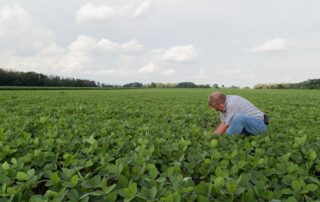
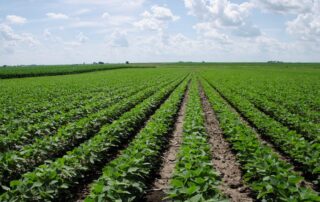
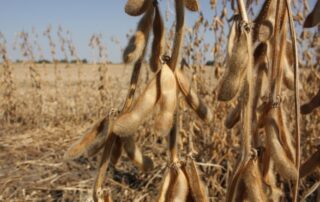
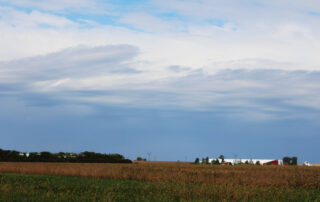
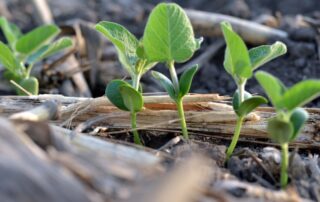
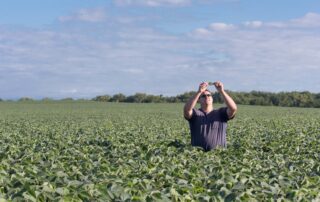
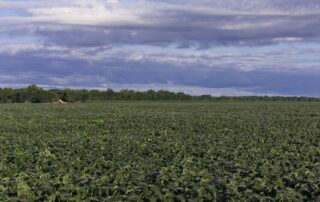
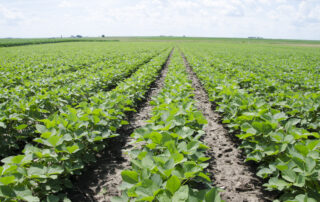
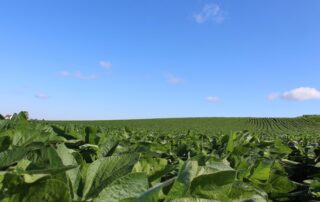
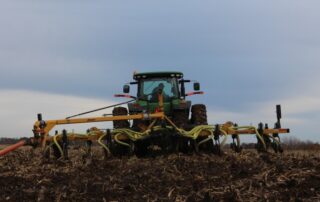



 and then
and then